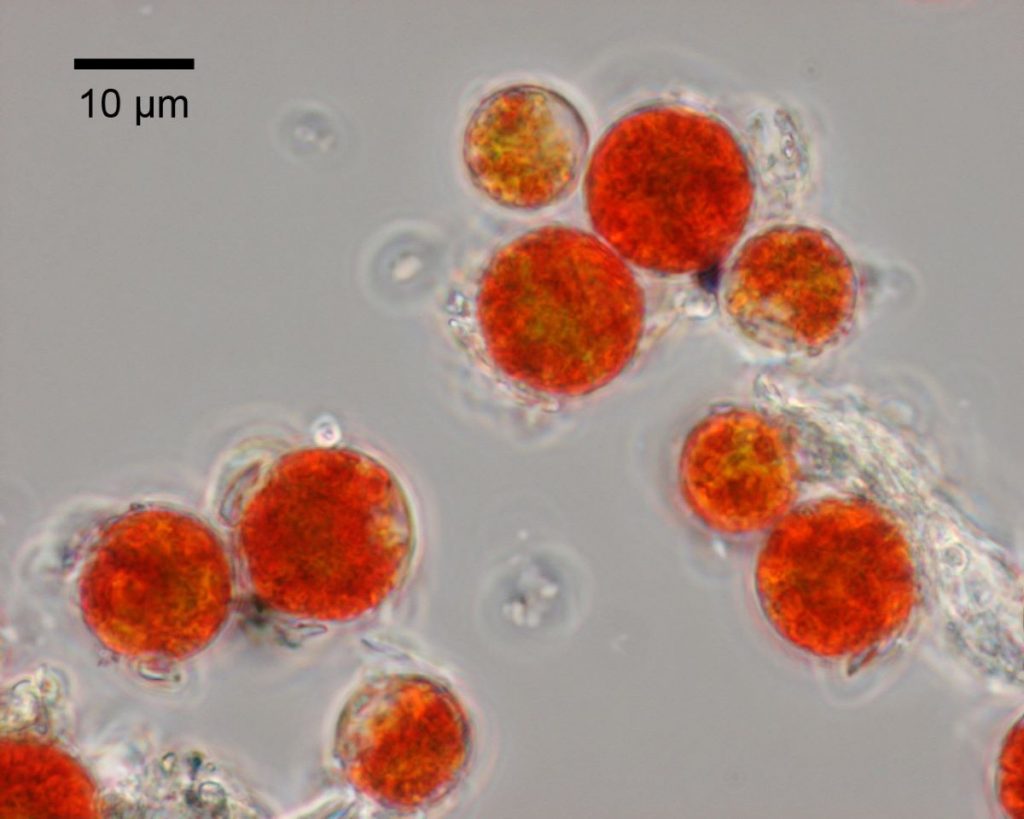
Read the full story on Japan 2 Earth - The Culprit Behind Red Snow and Accelerated Glacial Melting
"Red snow" is a phenomenon in which lingering snow in colder regions turns red from spring to summer. Caused by blooms of a certain type of algae, red snow has attracted increasing attention in recent years for accelerating the melting of glaciers due to global warming.
The linkage between global climate change and microorganisms that live exclusively in cold areas is becoming clear.
Survivors of the Ice Age
Algae, a type of microorganism, live on glaciers and alpine snowpacks. They can be found in many colors, including green and yellow. Red snow can be observed from spring to summer on the surface of thawing snow and occurs when red varieties proliferate. It has been reported in the Arctic and Antarctic, as well as in Alaska, the Himalayas, and other parts of the world.
According to Nozomu Takeuchi, a professor of glacier biology at Chiba University, algae have green chlorophyll and perform photosynthesis just as plants do. But Dr Takeuchi says that those causing red snow also have a red pigment.

Extremely strong sunlight on the surface of snow and ice can easily damage DNA. To protect their DNA, the algae evolved to use the red pigment to cut the UV rays, much like sunglasses.
The mysterious sight of snow turning red has long attracted interest. Aristotle wrote about it in ancient Greece. A record of it is also contained in the Shoku Nihongi one of the Six National Histories of the Heian period (794-1185 CE).
Scientific investigations began during 19th-century Arctic expeditions. But it was not until the 20th century that algae were found to be the cause.
Continue reading the full story on Japan 2 Earth.
And find more great articles on the environment and the challenges of achieving the SDGs on our new website Japan 2 Earth (J2E), sparking a transition to the future.
RELATED:
- Research Vessel Departs for Antarctica with 'Gachapin' Mascot to Join
- Do Newly Discovered Bacteria Hold the Key to Curbing Methane Emissions?
(Read the article in Japanese.)
Author: Yosuke Osanai








